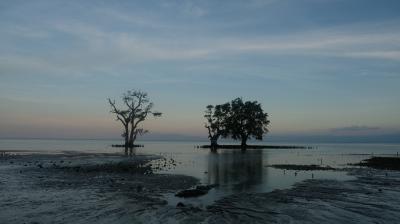
18 August 2023
The State of the Climate in South-West Pacific report shows how weather-related disasters are undermining socio-economic development, and threatening health, food and water security. It provides a snapshot of climate indicators like temperatures, sea level rise, ocean heat and acidification and extreme weather, alongside risks and impacts.